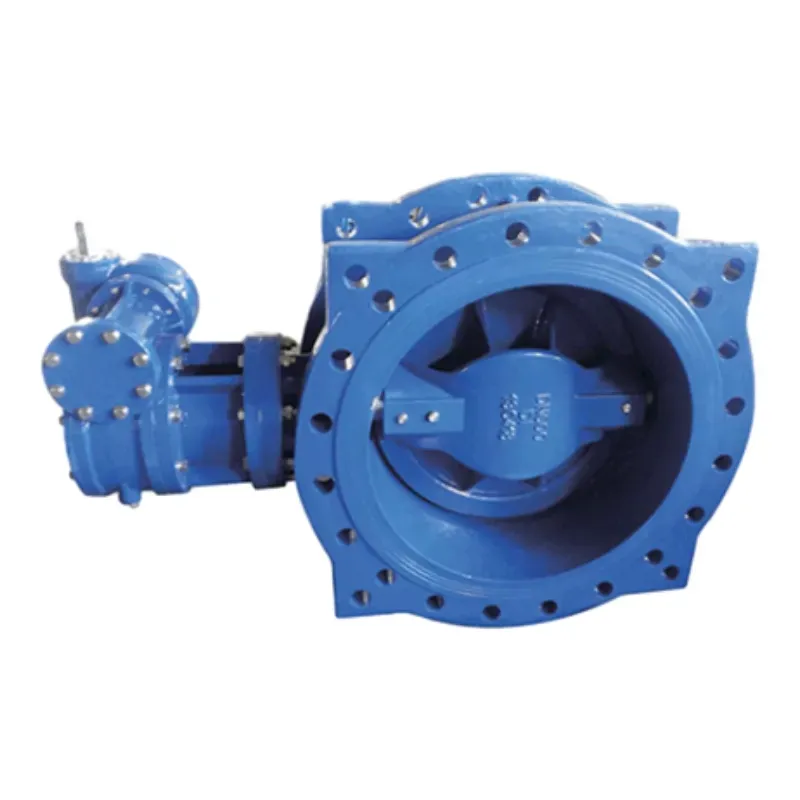Oct . 19, 2024 07:31 Back to list
multi-core cable wire
Understanding Multi-Core Cable Wire A Comprehensive Overview
In today’s increasingly connected world, the importance of reliable electrical and data transmission cannot be overstated. At the core of this connectivity lies a vital component multi-core cable wire. Unlike single-core cables, which contain a single conductor, multi-core cables are made up of multiple conductors bundled together, enabling them to carry multiple signals or power across a single medium. This article delves into the intricacies of multi-core cable wire, exploring its benefits, applications, and considerations for use.
What is Multi-Core Cable Wire?
Multi-core cable wire consists of several insulated conductors grouped together within a single outer jacket. Each conductor can be used for a different purpose, including carrying electrical power, transmitting data, or serving various control functions. Commonly used materials for the conductors include copper and aluminum, prized for their excellent conductivity. The insulation surrounding each conductor is typically made from materials like PVC, polyethylene, or rubber, which provide protection against environmental factors, ensuring the durability and longevity of the cable.
Advantages of Multi-Core Cable Wire
One of the primary advantages of multi-core cable wire is its efficiency in data and power transmission. By bundling multiple conductors within a single cable, the installation process becomes simpler and more organized. This can significantly reduce the amount of space required for wiring in various applications, whether in residential, commercial, or industrial settings.
Furthermore, multi-core cables exhibit excellent flexibility, making them ideal for applications where movement or frequent bending occurs. This attribute is particularly beneficial in robotics, machinery, and portable electronic devices. Additionally, they can minimize electromagnetic interference, enhancing signal integrity—an essential factor in communication systems.
The versatility of multi-core cables allows for their use in a wide array of applications
. They are prevalent in audio and video systems, control systems, telecommunications, and even in smart home technologies. This adaptability ensures that multi-core cable wire is suited for a myriad of environments, from industrial facilities to residential settings.Applications of Multi-Core Cable Wire
multi-core cable wire

Multi-core cable wire finds its way into several domains, making it an integral part of modern technology. In the realm of telecommunications, multi-core cables are essential for data networking and connectivity. They enable high-speed internet connections, supporting multiple lines of communication without interference.
In the manufacturing and automation sectors, multi-core cables are utilized for connecting sensors, actuators, and controllers. This is crucial for industrial automation systems where numerous devices need to communicate effectively. Similarly, in the audiovisual industry, these cables facilitate the transmission of audio and video signals, ensuring high quality and synchronicity.
The medical field also relies on multi-core cables for various diagnostic and treatment devices. From imaging equipment to surgical tools, these cables ensure reliable power and data transfer, which is critical for patient safety and effective treatment.
Considerations for Use
When selecting multi-core cable wire, several factors must be considered. First, it’s essential to evaluate the application’s specific requirements, including signal type, voltage levels, and the environmental conditions the cable will endure. Temperature ratings, moisture resistance, and resistance to chemicals should also be taken into account to ensure optimal performance and safety.
Moreover, proper installation practices cannot be overlooked. Ensuring that cables are adequately terminated and maintained will prevent potential hazards, such as short circuits and signal loss. Regular inspections and adherence to electrical codes and standards are also crucial in maintaining cable performance.
Conclusion
Multi-core cable wire is undeniably a cornerstone of modern electrical and communication systems. Its versatility, efficiency, and adaptability make it an ideal choice for numerous applications, from industrial automation to telecommunications. Understanding its fundamentals, advantages, and installation considerations allows professionals and enthusiasts alike to harness its full potential, ensuring seamless connectivity in our increasingly wired world. As technology continues to advance, the role of multi-core cable wire will only become more pivotal, paving the way for innovations that enhance communication and power transmission.
Share
-
Reliable Wafer Type Butterfly Valves for Every IndustryNewsJul.25,2025
-
Reliable Flow Control Begins with the Right Ball Check ValveNewsJul.25,2025
-
Precision Flow Control Starts with Quality ValvesNewsJul.25,2025
-
Industrial Flow Control ReliabilityNewsJul.25,2025
-
Engineered for Efficiency Gate Valves That Power Industrial PerformanceNewsJul.25,2025
-
Empowering Infrastructure Through Quality ManufacturingNewsJul.25,2025